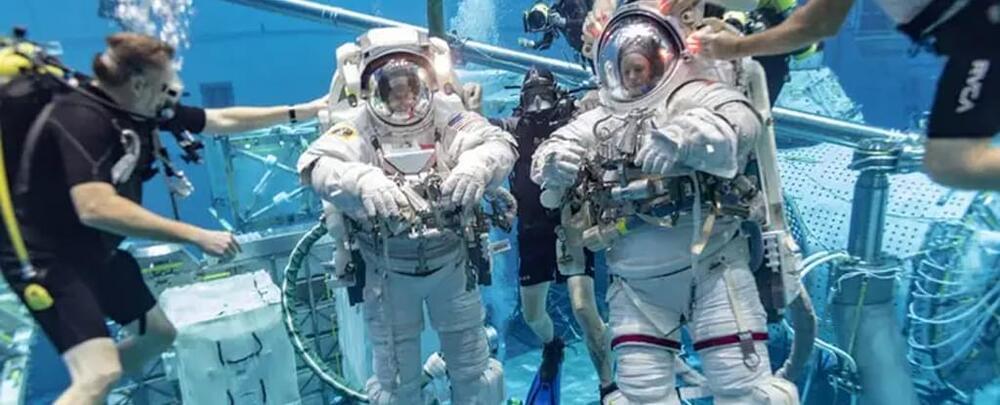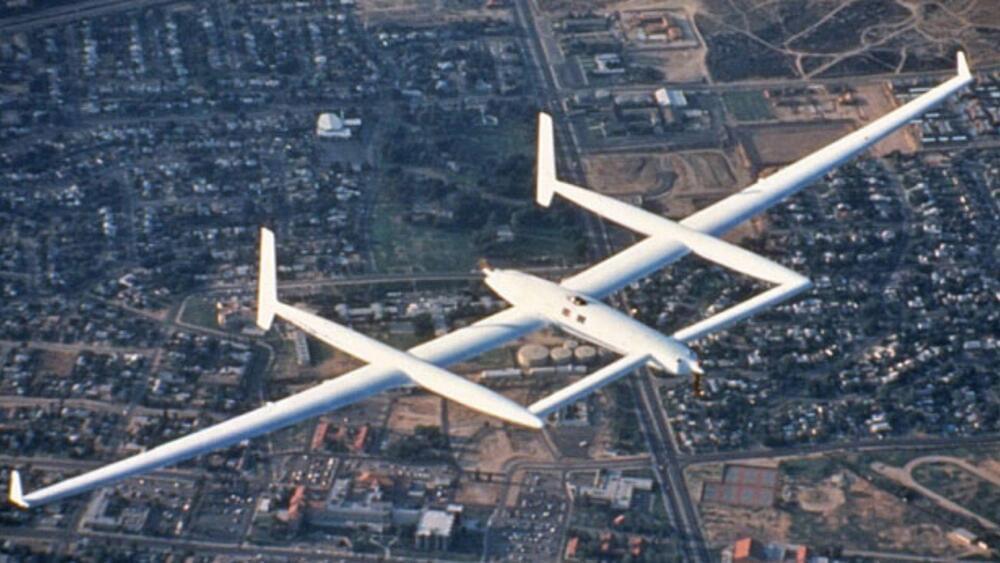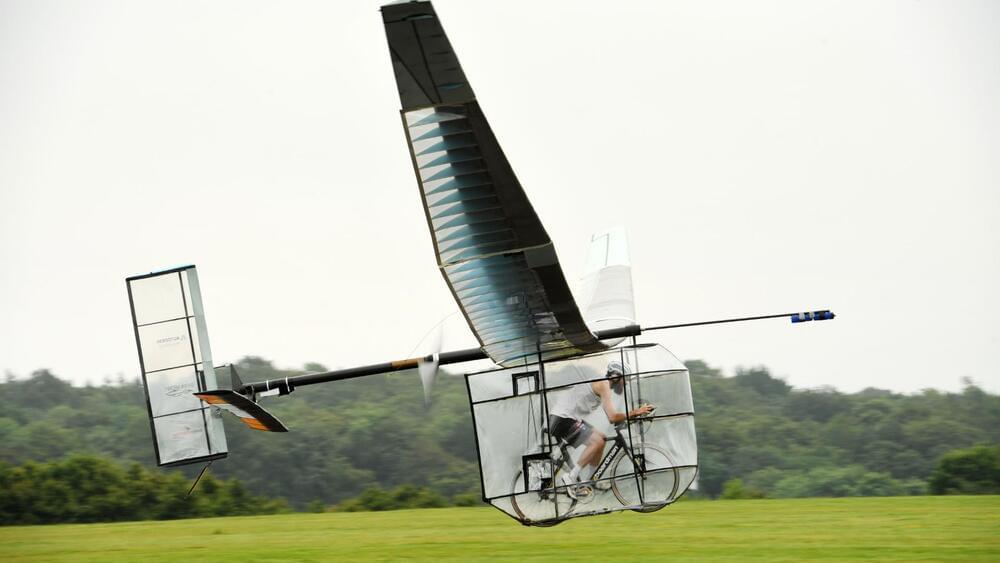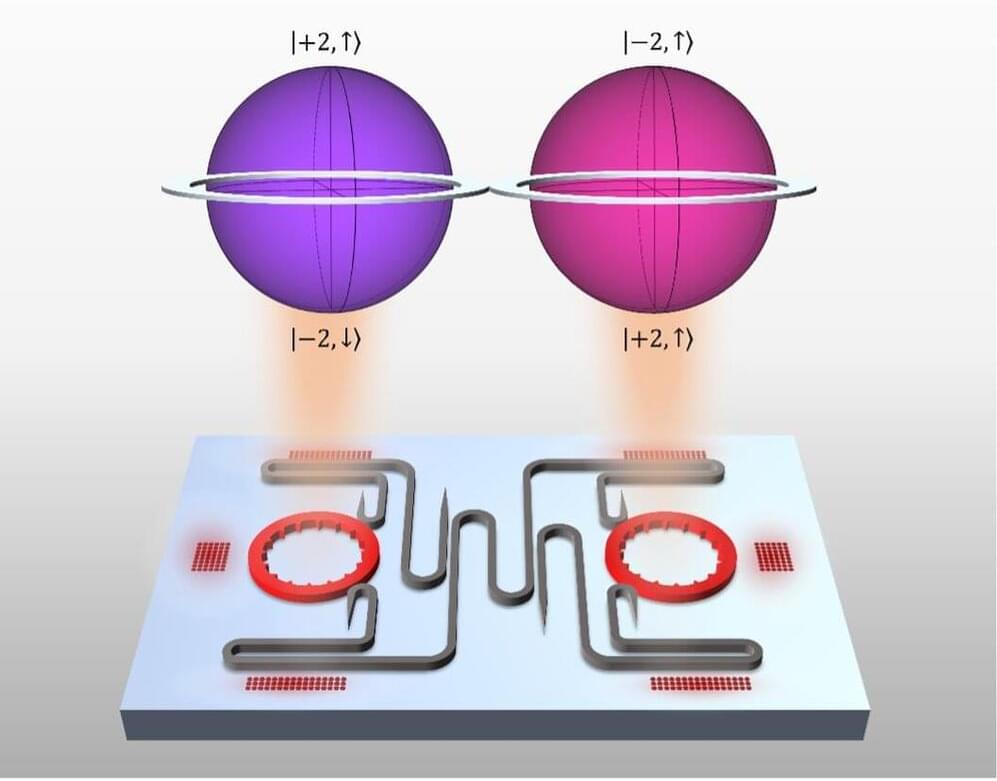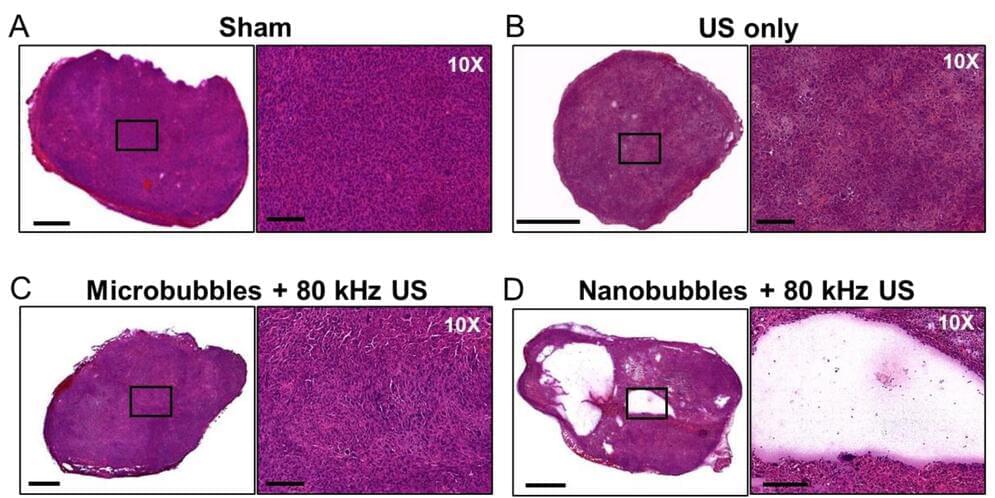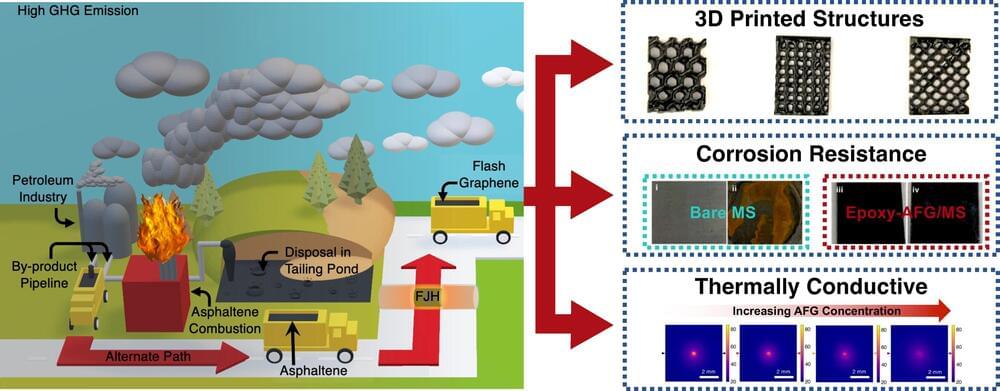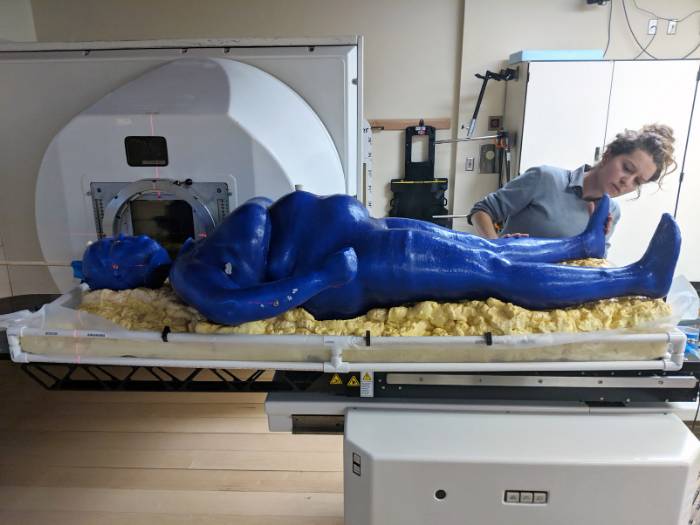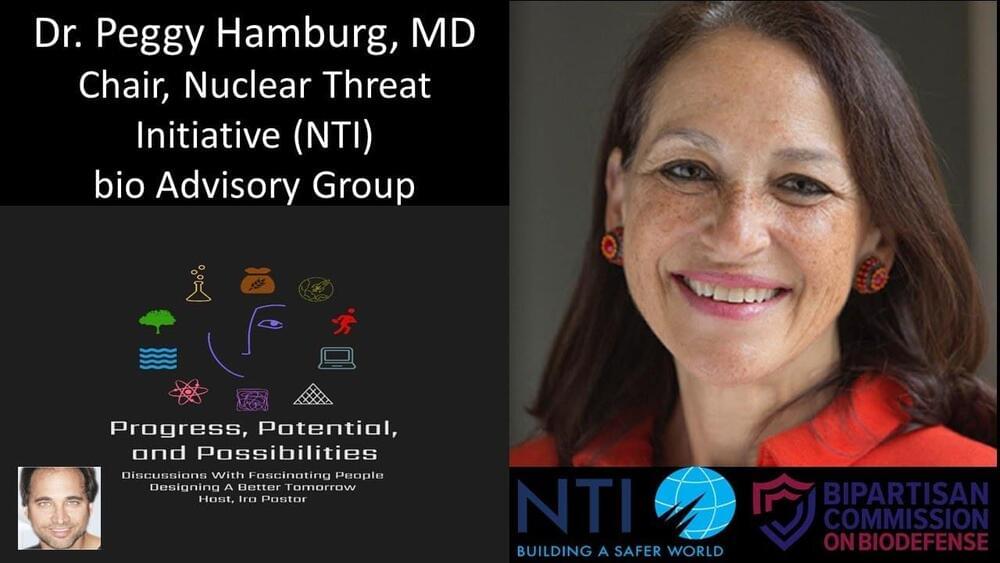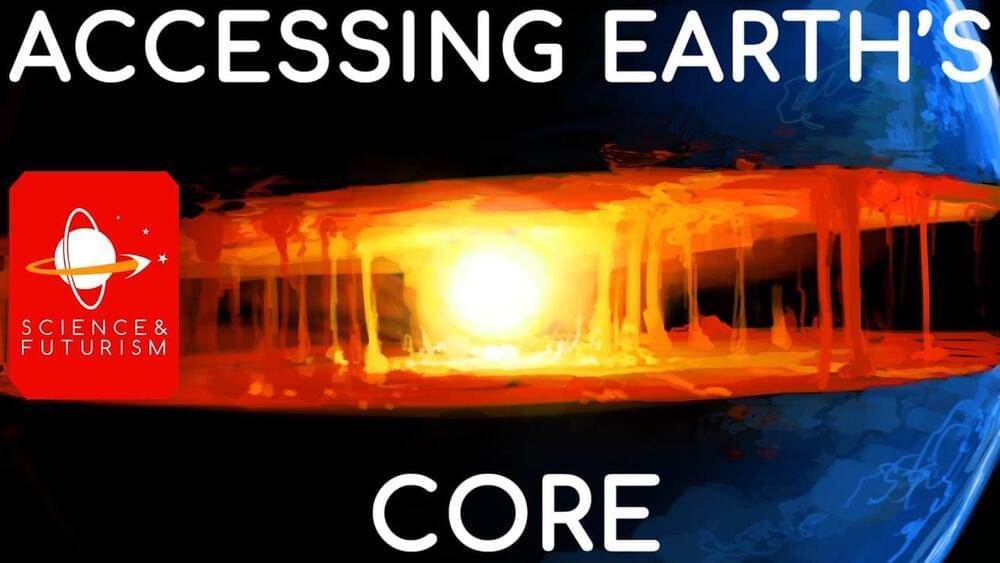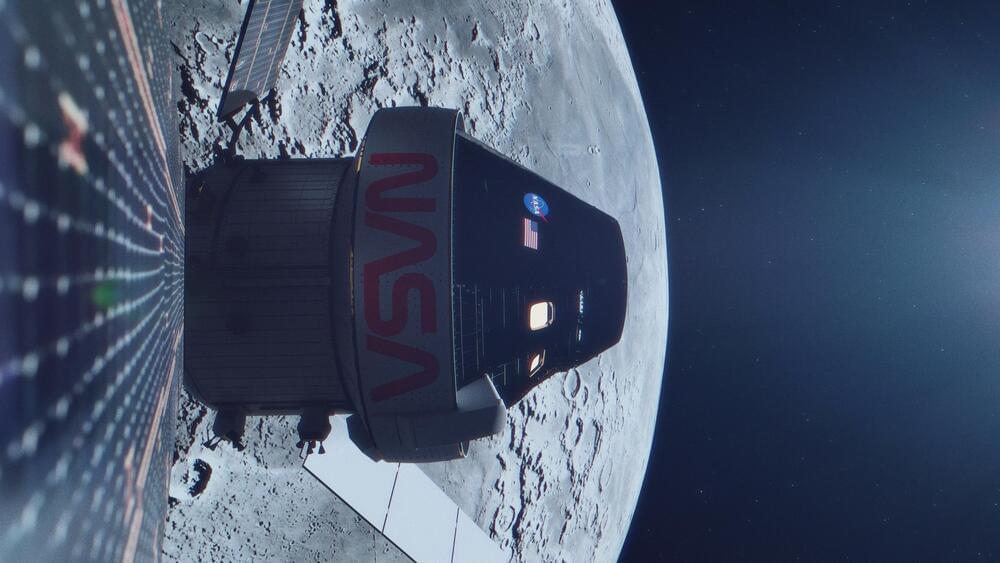Nov 25, 2022
Here’s How NASA Determines Which Applicants Make It to Be Astronauts
Posted by Genevieve Klien in categories: biological, computing, engineering, space travel
Many children grow up gazing up at the night sky, dreaming of becoming astronauts who boldly go to the Moon – and beyond.
But in order to get that elusive job, would-be astronauts must make it through a competitive selection process. For NASA’s 2021 class of astronauts, the space agency said it chose just 10 candidates from more than 12,000 applicants.
Continue reading “Here’s How NASA Determines Which Applicants Make It to Be Astronauts” »
